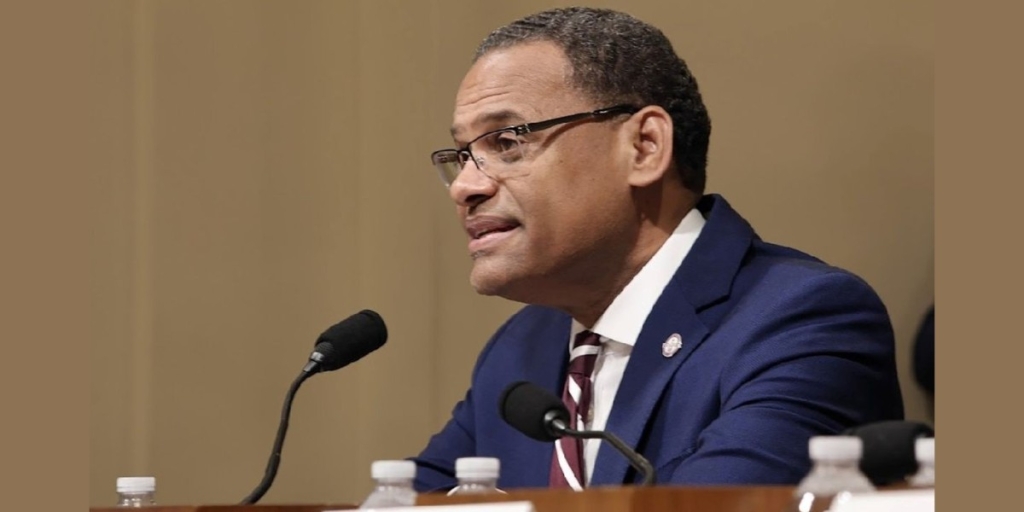The ranking sits out there staring Alabama’s leaders in the face. Alabama is the nation’s third worst state at retaining its college graduates, according to Forbes magazine.
Although two out of three in-state students are in the workforce one year after graduation, the Wall Street Journal reports the retention of recent Alabama college graduates is low compared to other states.
ACHE compiled the first statewide study of how Alabama graduates, from certificate holders to those with doctoral degrees, are faring in the workforce.
The 2020 Employment Outcomes Report found differences between graduates by credential level. Five years after graduation, 71% of associate degree graduates stayed in the state, but slightly more than half (51%) of Alabama public university bachelor’s degree recipients were employed in the state.
ACHE Jim Purcell was succinct in his assessment of the brain drain impact for Alabama’s economy. “Think about trying to build an economy based on half of your graduates,” he said in a recent interview. Another disconcerting factor is that the retention rate is lower for STEM graduates, and “those are very important long term for the state’s economy,” Purcell added.
In response to a question by State Senator Arthur Orr about why so many university graduates are leaving the state, ACHE developed a survey of currently enrolled university students to get a better understanding of the factors influencing their decision.
The key findings of the Retain Alabama Survey revealed that only one-third responded they definitely plan to stay in Alabama following graduation, while 25% said they are planning to leave the state. The biggest number (43.2%) were undecided about remaining in Alabama after graduation. However, the survey results were more promising when respondents who were residents of Alabama were asked if they would consider career opportunities in Alabama. That number was 73%.
The ACHE survey also posed a geographic element as well. Respondents rated Huntsville and Birmingham as the most desirable locations to live and work following graduation.
Dale Strong, chairman of the Madison County Commission, said Huntsville has long been a producer of college graduates, particularly among those students in technical fields, but the region is also a magnet for college graduates.
“It’s not terribly complicated to understand that it is our community’s brainpower that provides the driving force for our economic success,” Strong said. “The powerful foundation of highly educated individuals has a marked impact on the community’s overall education levels.” According to U.S. Census data, the number of people in Madison County age 25 or older who hold a bachelor’s or advanced degree is 39%. This compares with the Alabama average of 22.6% and the United States’ average of 28.8%.
Data shows that 80% of the workforce among Redstone’s 45,000 employee workforce have a four-year or advanced degree. Among Cummings Research Park’s 26,000 workers, that figure is closer to 90%. Another data point reveals that 75%of graduates from The University of Alabama in Huntsville remain in Alabama. That number is bolstered by the fact that most UAH students come from the greater Huntsville area. And Huntsville-Madison County is a jobs mecca for young college-age graduates.
The findings from the Retain Alabama survey indicate that most undergraduates are open to staying in Alabama following graduation, but Purcell said more effort is crucial to keep young talent in Alabama.
Purcell said the state should focus its efforts in three ways:
- Develop a coordinated outreach campaign focusing on Alabama’s strengths, and target those students most likely to stay in Alabama following graduation
- Make it easier for students to find high-quality job opportunities in Alabama
- Work to improve perceptions on those factors that are most important to students’ future plans
It is a retention problem not unique to Alabama and it is often referred to as “brain drain,” according to Jim Purcell, executive director of the Alabama Commission on Higher Education (ACHE.) That state agency is teaming with the Economic Development Partnership of Alabama to improve those numbers. Lawmakers appropriated $800,000 in the current year’s budget to study the issue and heighten the awareness of college students to opportunities for them in the Yellowhammer state. The initiative is called “Retain Alabama.”
Sen. Orr of Decatur, chair of the Alabama Senate Finance Committee, said the success of the program will be judged by increased percentages of graduates staying in Alabama. “It’s not just growth for growth’s sake, but these are skilled individuals in science, engineering and math that can help the state in numerous ways,” he said.
Alabama legislators have budgeted $7.6 billion for education for 2022 and that includes nearly $2 billion for higher education. Current State Finance Director and former State Rep. Bill Poole, who also served as chairman of the House education budget committee, said the state puts significant resources toward educating college and university students, but sees thousands of them leave each year. Poole now serves as the finance director under Alabama Gov. Kay Ivey.
“I think from an economic development standpoint, as it relates to the short-, medium- and long-term future of our state, for us to be prosperous and competitive we have to find ways to ensure that there are attractive career opportunities for Alabama college graduates here in the state,” Poole said.
Besides wanting Alabama’s young residents to see a future in the state, changing technologies will increase the demand for degreed workers, Poole said. Meanwhile, data shows that college graduates have a positive economic impact on the communities they live in, he said.
Ray Garner is a contributing writer for Yellowhammer News.













